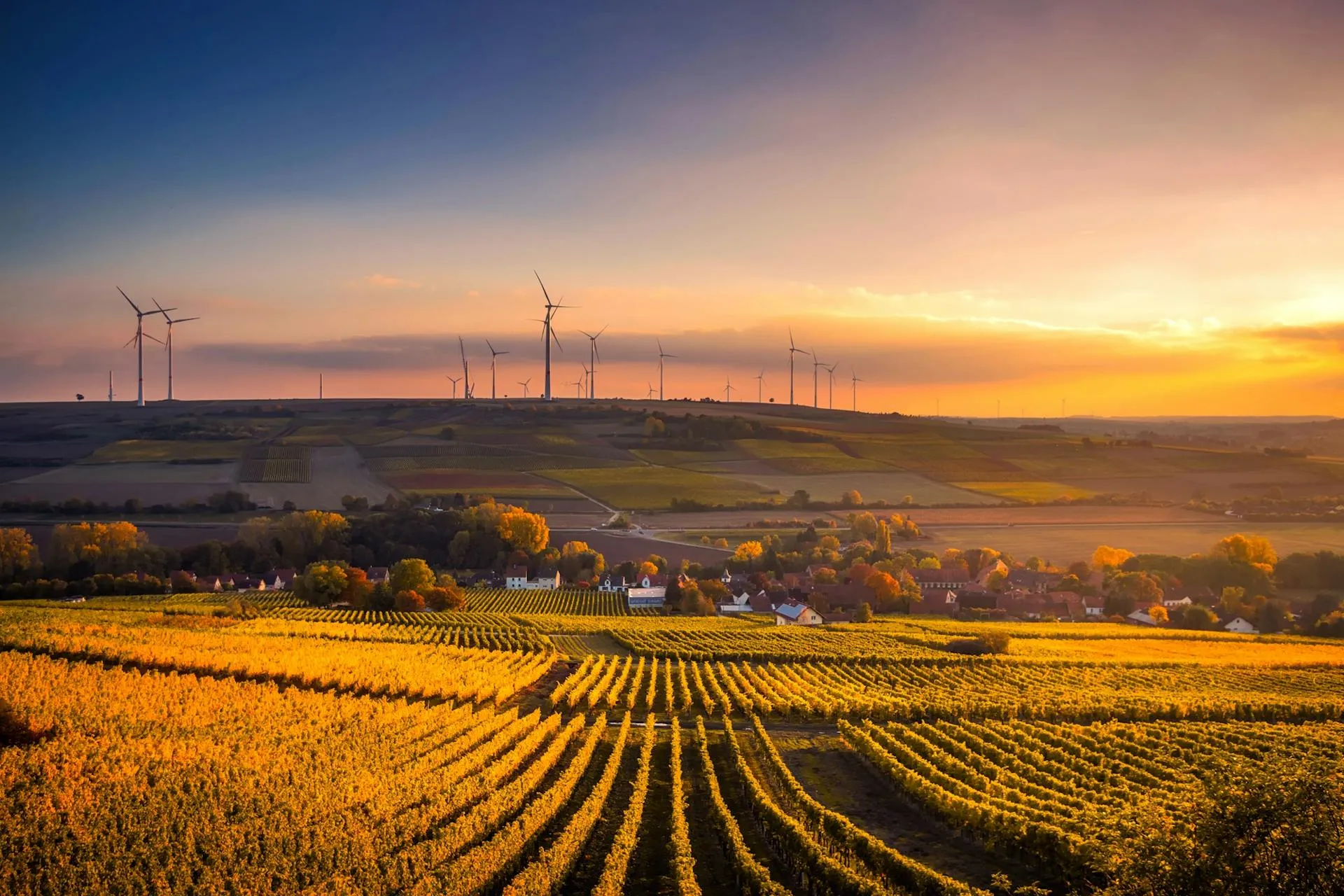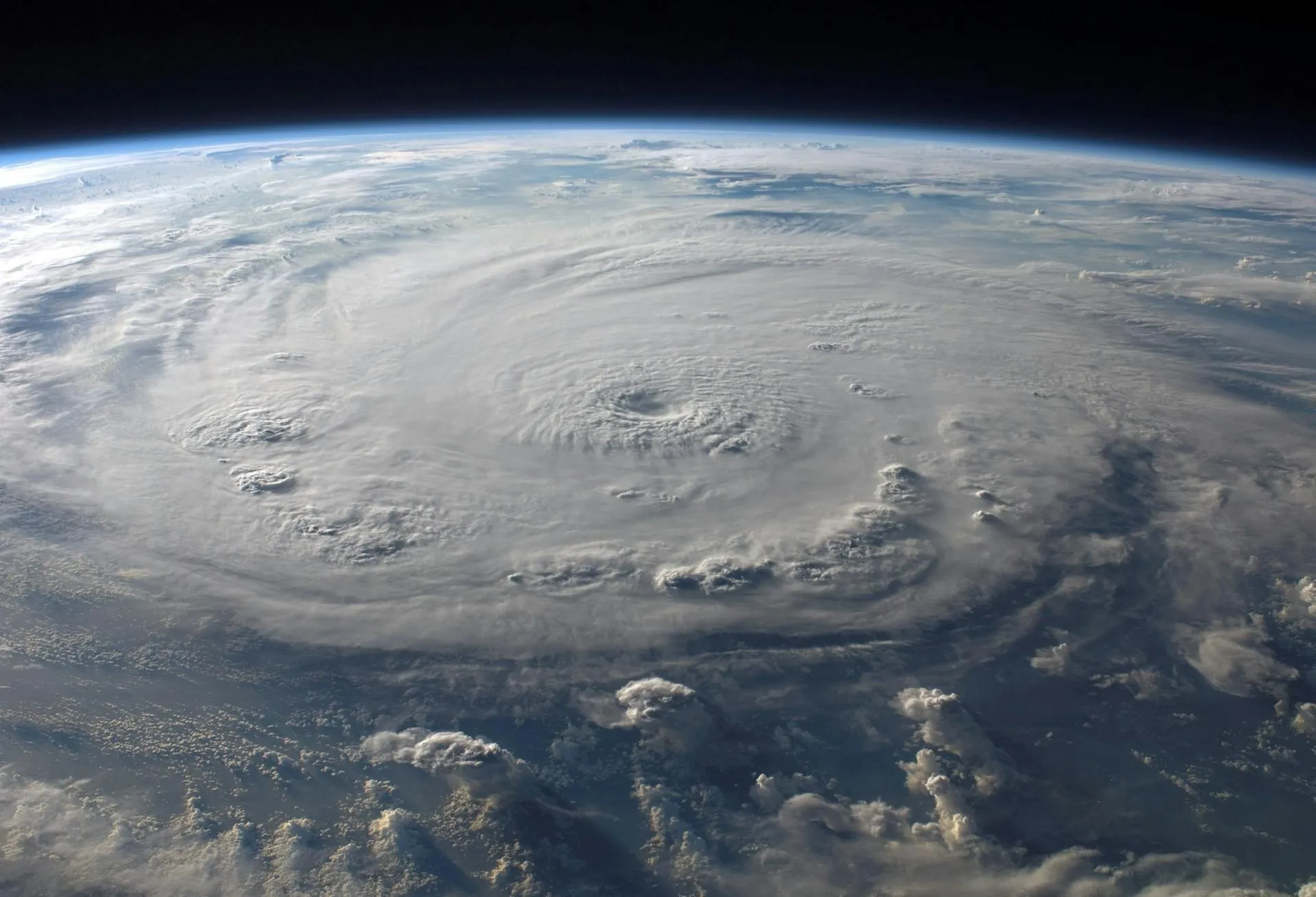Climate change is one of the greatest challenges that humanity has faced, with the technological development that we have experienced in the last century, we have also caused serious devastation to the planet, on the other hand, thanks to the emergence of new technologies in the area of computer science, we have been able to combine artificial intelligence and the environment in order to reduce the damage caused to our planet.
The relationship between artificial intelligence and the environment is revolutionizing global conservation and sustainability strategies. Thanks to advances in technology, artificial intelligence (AI) is playing a crucial role in protecting our ecosystems and combating climate change. Below we will explore some of the most outstanding examples.
Nvidia as a leader in AI development
Nvidia is currently the leading company in the development of artificial intelligence thanks to the developments it has achieved on software and hardware. That’s why Nvidia offers cutting-edge technology to startups looking to use technology to help the environment. The applications that these startups make of AI range from the use of artificial vision to the analysis of large volumes of data.

Monitoring and Protection of Wildlife
One of the most impactful applications of artificial intelligence and the environment is wildlife monitoring and protection. AI systems can analyze images and sounds captured by cameras and microphones in remote areas, identifying endangered species and monitoring their movements. This enables conservationists to detect illegal activities such as poaching and take swift action to protect animals.
1. Image and Video Analysis
Convolutional neural networks (CNNs) are a type of AI used to analyze images and videos of wildlife. These networks can identify different species, count individuals and detect specific behaviors. For example, AI-equipped camera traps have helped monitor Bengal tigers in India, providing crucial data for their conservation.
2. Sound Recognition
AI algorithms can also analyze sound recordings to identify species by their vocalizations. This is particularly useful for monitoring birds and other animals that may be difficult to observe visually. Sound recognition technology has been used to study bird populations in the Amazon rainforest and detect whales in the oceans.

Natural Resource Management
Artificial intelligence and the environment also combine to improve natural resource management. AI can optimize the use of water, energy and other resources, contributing to more sustainable and efficient practices.
1. Precision Agriculture
In agriculture, AI is used to analyze data from sensors, drones and satellites, helping farmers optimize water and fertilizer use. This not only increases the efficiency of agricultural production, but also reduces environmental impact by minimizing resource use and pollution.
2. Energy Management
AI-driven energy management systems can analyze energy consumption in real time and automatically adjust resource usage to maximize efficiency. For example, smart grids use AI to balance energy supply and demand, integrating renewable energy sources such as solar and wind.

Climate Change Monitoring
Artificial intelligence and the environment are at the forefront of climate change monitoring and mitigation. AI can process vast amounts of climate data, providing crucial information to understand and address global warming.
1. Climate Models
AI-driven climate models can simulate various climate scenarios, helping scientists predict the impact of climate change in different regions. These models can analyze historical and current data, identifying patterns and trends that can inform mitigation and adaptation policies.
2. Natural Disaster Detection.
AI is used to predict and monitor natural disasters such as hurricanes, wildfires and floods. Machine learning algorithms can analyze weather and geospatial data to identify early signs of disasters, enabling faster and more effective response to protect lives and property.

Carbon Emissions Reduction
Another crucial area where artificial intelligence and the environment intersect is in the reduction of carbon emissions. AI can help companies and governments monitor and reduce their carbon footprint, promoting more sustainable practices.
1. Transportation Optimization
AI can optimize transportation routes to reduce fuel consumption and greenhouse gas emissions. AI-based navigation systems can identify the most efficient routes for vehicles, trucks and aircraft, decreasing the environmental impact of transportation.
2. Smart Buildings
Smart buildings use AI to manage energy consumption more efficiently. AI systems can adjust lighting, heating and cooling based on occupancy and weather conditions, significantly reducing energy consumption and carbon emissions.

Conclusion
In conclusion, as we could already see, the integration of artificial intelligence and the environment is transforming our ability to address environmental challenges. From wildlife protection to resource management and carbon emissions reduction, AI offers innovative solutions to promote conservation and sustainability. As technology continues to advance, collaboration between artificial intelligence and the environment will be critical to protecting our planet for future generations.

